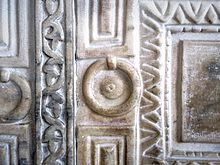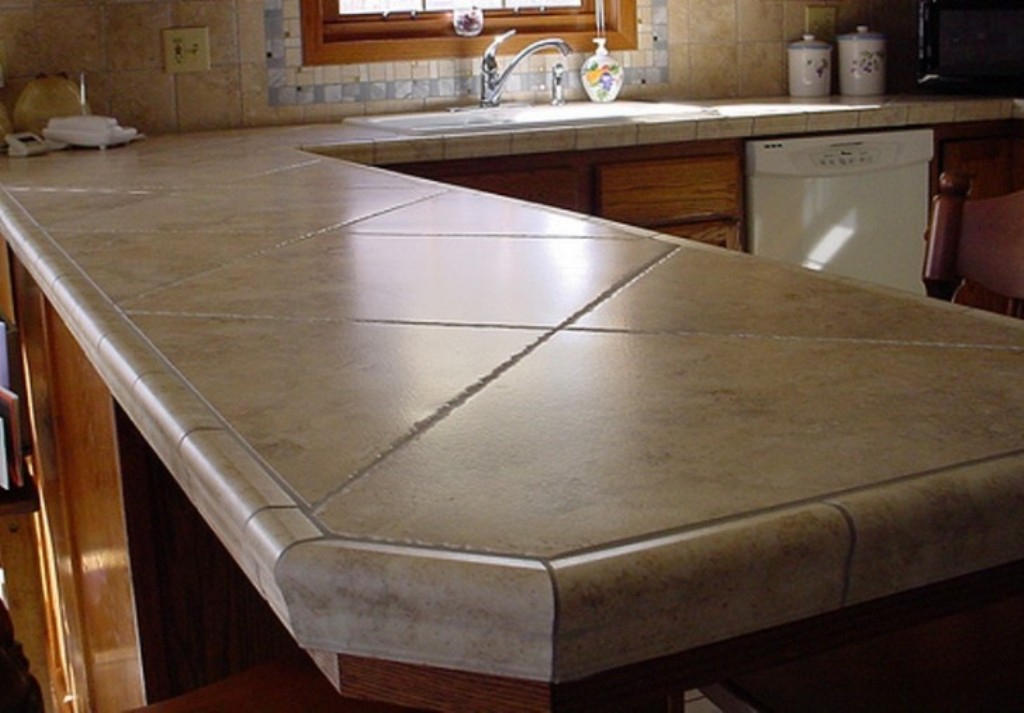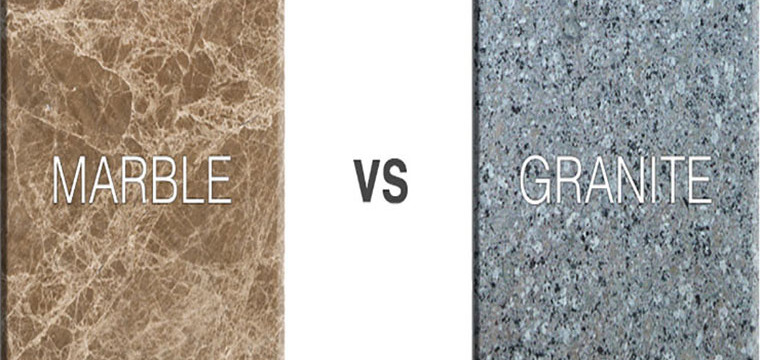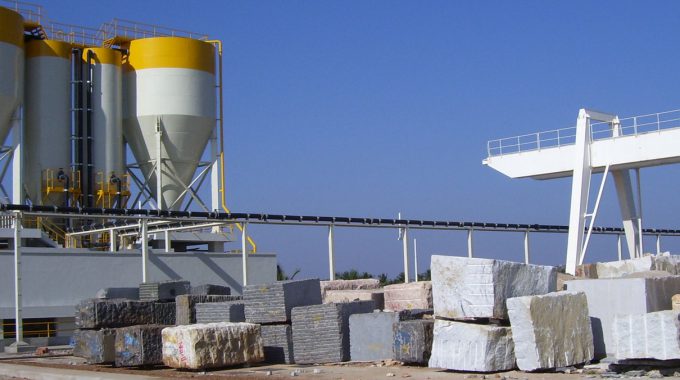Marble is a rock resulting from metamorphism of sedimentary carbonate rocks, most commonly limestone or dolomite rock. Metamorphism causes variable recrystallization of the original carbonate mineral grains. The resulting marble rock is typically composed of an interlocking mosaic of carbonate crystals. Primary sedimentary textures and structures of the original carbonate rock (protolith) have typically been modified or destroyed.
- Pure white marble is the result of metamorphism of a very pure (silicate-poor) limestone or dolomite protolith. The characteristic swirls and veins of many colored marble varieties are usually due to various mineral impurities such as clay, silt, sand, iron oxides, or chert which were originally present as grains or layers in the limestone. Green coloration is often due to serpentine resulting from originally magnesium-rich limestone or dolostone with silica impurities. These various impurities have been mobilized and recrystallized by the intense pressure and heat of the metamorphism.Construction marble is a stone which is composed of calcite, dolomite or serpentine which is capable of taking a polish. More generally in construction, specifically the dimension stone trade, the term “marble” is used for any crystalline calcitic rock (and some non-calcitic rocks) useful as building stone. For example, Tennessee marble is really a dense granular fossiliferous gray to pink to maroon Ordovician limestone that geologists call the Holston Formation.Ashgabat, the capital city of Turkmenistan, was recorded in the 2013 Guinness Book of Records as having the world’s highest concentration of white marble buildings
Cultural associations

Jadwiga of Poland‘s sarcophagus by Antoni Madeyski, Wawel Cathedral, Cracow

Relief on the Marble Door of the Hagia Sophia in Istanbul
As the favorite medium for Greek and Roman sculptors and architects (see classical sculpture), marble has become a cultural symbol of tradition and refined taste. Its extremely varied and colorful patterns make it a favorite decorative material, and it is often imitated in background patterns for computer displays, etc.
Places named after the stone include Marblehead, Massachusetts; Marblehead, Ohio; Marble Arch, London; the Sea of Marmara; India’s Marble Rocks; and the towns of Marble, Minnesota; Marble, Colorado; Marble Falls, Texas, and Marble Hill, Manhattan, New York. The Elgin Marbles are marble sculptures from the Parthenon that are on display in the British Museum. They were brought to Britain by the Earl of Elgin
Occupational safety
Dust produced by cutting marble could cause lung disease but more research needs to be carried out on whether dust filters and other safety products reduce this risk





